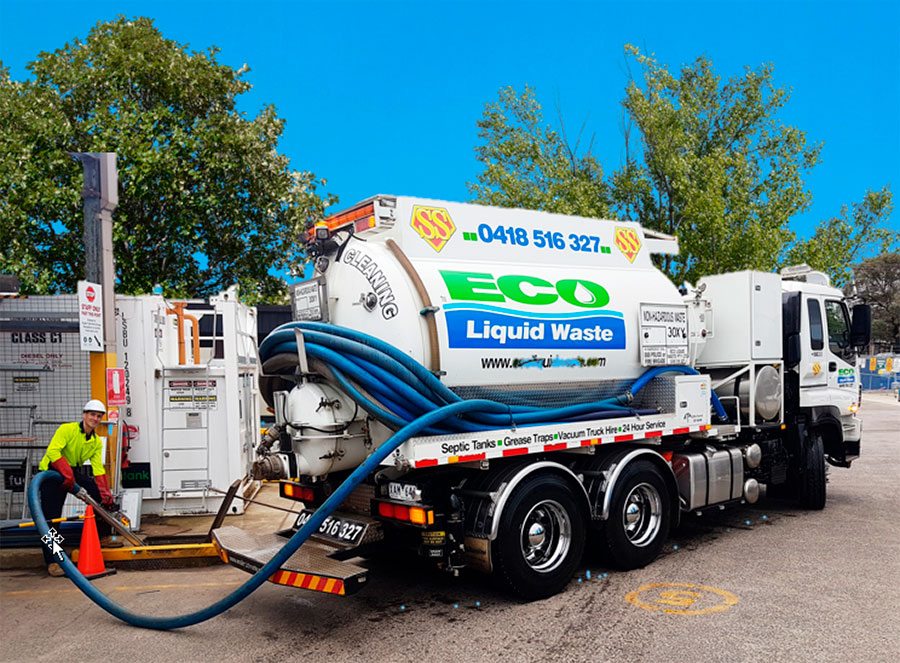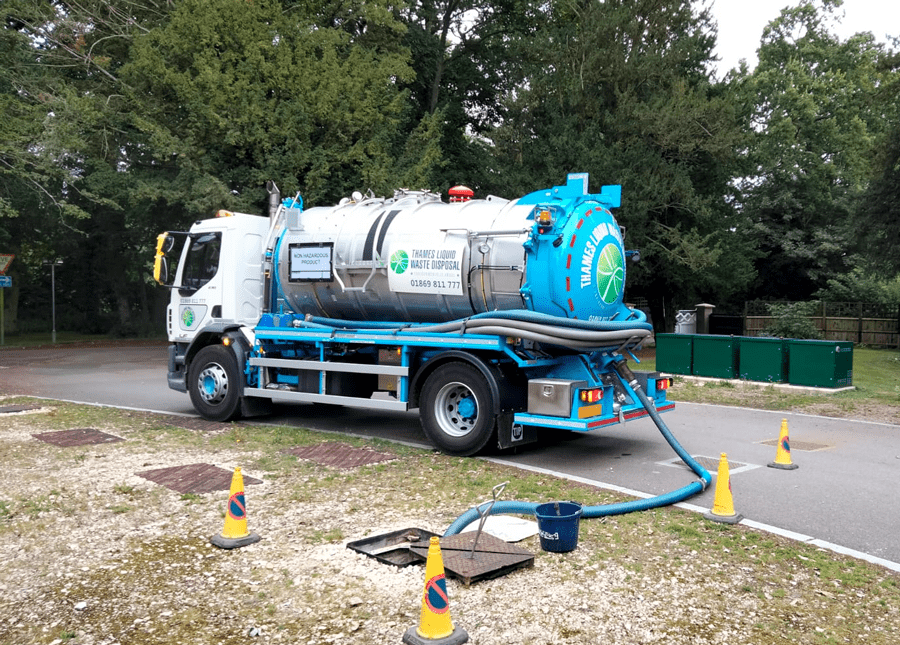An Unbiased View of Reclaim Waste
An Unbiased View of Reclaim Waste
Blog Article
Some Known Incorrect Statements About Reclaim Waste
Table of ContentsIndicators on Reclaim Waste You Need To KnowNot known Facts About Reclaim WasteSome Ideas on Reclaim Waste You Need To KnowThe Definitive Guide for Reclaim WasteNot known Details About Reclaim Waste The Only Guide for Reclaim Waste

Never put damaging compounds down sinks, bathrooms or stormwater drains pipes Compounds consisting of petrol, grease, oil, pesticides and herbicides, and solvents such as paint strippers must not be put down sinks, toilets or stormwater drains pipes. These compounds are challenging to get rid of in the sewage therapy process and cause contamination issues in our regional waterways.

Although fluid waste is a term that covers a wide variety of products, there's an excellent reason leaving its disposal to the professionals is advised. Fluid waste is non-solid product that has no further use and needs to be dealt with and gotten rid of according to neighborhood, state and federal regulations.
Indicators on Reclaim Waste You Should Know
Instances of fluid waste can include wastewater, fats, oils or oil, utilized oil, fluids, solids, gases or sludges and dangerous family fluids, there are some that are taken into consideration to be a lot more unsafe than others when it comes to the setting and the health of animals and human beings alike. It's consequently that each state and area have actually strict guidelines linked to fluid waste management.
Liquid waste can be stored in holding tanks or packaged in drums, intermediate mass containers or accepted small containers before either being dealt with or eliminated via outsourced vacuum cleaner vehicles. Given the nature of the materials, fluid waste can not go in the basic waste stream and there are stringent laws on exactly how to throw away it appropriately.
(https://reclaim-waste-f27e88.webflow.io/)Depending upon a determination of the level of risk, it might be necessary to remediate those websites. Additionally, unsafe fluid chemical wastes are regulated waste and should be tracked according to the state waste regulation. Under the chain of custody and responsibilities, owners are liable and responsible for waste produced by a company.
Among the core applications for superabsorbent polymers (SAPs) is fluid waste solidification. liquid waste disposal. SAPs are used by waste monitoring professionals to avoid possibly damaging liquids from going into rivers, groundwater aquifers, and various other sensitive environments. Due to the fact that liquids can quickly move impurities right into ecological receptors and potentially add to geotechnical failings, liquid wastes are often forbidden from disposal in garbage dumps
The 9-Second Trick For Reclaim Waste
Basically, totally free fluids are liquids that divide from the solid section of waste material. Fluid waste can consist of the following: HDD mud and cuttings Land fill leachate Wastewater therapy sludge & biosolids Dredged sediments Oil and gas drill cuttings Settling pond filth Hydro Excavation slurry Coal combustion residuals/ash Storage tank bottom sludge Concrete grinding/polishing slurry Associated Post: For a functional example of complimentary fluids dividing from waste material, take into consideration the complying with situation: A waste monitoring contractor lots a dump associate sludge from a wastewater therapy plant's aeration container, throughout a routine maintenance event.
When the vehicle driver arrives at the garbage dump, he notifications water seeping from the sludge and pouring from the dump vehicle. The load was rejected by the garbage dump and the driver was forced to throw away the waste as a fluid waste at an unique center, which raised the disposal costs greatly.
We additionally need to be responsible for the proper disposal of our waste materials. It is not enough that we pay waste disposal companies to take treatment of our rubbish.
The Facts About Reclaim Waste Revealed

Segregating your waste can start inside the home. Segregate dry and fluid waste as well as edible waste, naturally degradable and non-biodegradable materials.
Layer the bottom with soil to absorb the damp waste. Layer the garden compost with wet and completely dry waste as well as soil to maintain a balance between the damp and the completely dry.
Reclaim Waste for Beginners
To promote faster decay, you can additionally add semi composted dirt to the compost. If you discover the odor is ending up being as well solid, include additional newspapers and paper waste or add more holes to the compost bin to keep the balance of the waste products.
We also need to be accountable for the correct disposal of our waste products. It is not enough that we pay waste disposal companies to take treatment of our rubbish.
Our waste, our responsibility. Have you ever before questioned what happens to your liquid waste after it's collected? Did you understand that liquid waste can be recycled? As accountable residents, you should comprehend what occurs to your rubbish and where it goes after it is removed from you. Understanding the liquid waste removal process is necessary in aiding you to segregate your waste.
Some Of Reclaim Waste
The suitable area is an excellent exterior space with plenty of sunlight and air. Segregate your waste. Segregating your waste can begin inside the home. Set apart completely dry and fluid waste in addition to edible waste, eco-friendly and non-biodegradable products. Always maintain the lid on your containers to stay clear of insects, worms, flies, and unpleasant odours.
You can use old garbage container, container, garden pot or old plastic drums. Pierce four to 5 holes in the container so the air can flow. Layer the base with soil to soak up the wet waste. Beginning more helpful hints the composting process. Layer the compost with damp and dry waste as well as soil to keep a balance in between the wet and the completely dry.
Cover the compost bin. Once a week, include dirt on top of the compost. To facilitate faster decay, you can likewise add semi composted dirt to the garden compost. Preserve the garden compost. If you discover the scent is ending up being also solid, include added papers and paper waste or add more holes to the compost bin to maintain the equilibrium of the waste products.
Report this page